The Serengeti, Tanzania
So, this week, I left the bike for four days and went on safari to the Serengeti and Ngorongoro crater with Daryll and Angela. We hooked up with Martijn and Ivon (Martin and Yvonne) a Dutch couple we met at the campsite in Arusha, so there were five of us in our Land Cruiser for four days.
Martijn, Ivon, Angel, Daryll, Me.
Needless to say I had an awesome time. I'll just list the animals we saw but you need to appreciate that for many of these we not only saw them but saw them either often or in large numbers or both. The highlight would either be seeing TWO leopards in a tree on our first day or the wildebeest migration where we were surrounded by literally thousands upon thousands of them.
Camping in the middle of the Serengeti – Serengeti means endless view in Maasai.
It took 8 hours to ride from Arusha to the campground in the Serengeti. We stopped off at the Mary Leakey Museum on the way. As you will know she is famous for discovering “the footsteps”. 3-5 million year old footprints in volcanic ash. The first recorded evidence of “humans” (Crucially these people walked upright like us, the proof being the way the big toe is aligned with the heal, not off-set like a monkey). incidentally this epic discovery was made (in 1978) when two of the party were messing about throwing elephant shit at each other. One fell to the ground and literally stumbled upon the prints. What a great way to make such an immense discovery. Hurray for the eccentric British upper class!
A caste of the footprints and an artists impression of what was happening three and a half million years ago.
To think, the oldest (manmade) thing I saw in Canada dated back 100 years, nearly one thousand in the US (Mesa Verde National Park), several thousand in central america ( Maya) and now THREE MILLION!
Anyway, back to the animals. Just in case you were interested in what sort of animals one might find in the serengeti, here’s a list.
Animals (assume hundreds seen unless stated)
Lion (11)
Zebra
Cheetah (5)
Giraffe (dozens)
Elephant (2)
Leopard (2)
Springbuck
Gazelle
Topi
Serval Cat (2)
Baboons
Monkeys
Warthog (dozens)
Dik Dik (dozens)
Jackel (1)
Wildebeest (tens of thousands)
Impala
Crocodiles (a few)
Mongoose (dozens)
Water buffalo (several)
Hippo (dozens)
Hartebeest (dozens)
Rock Hyrax (dozens)
Birds (I know and you know that they don't really count. But just to please the twitchers)
Secretary bird
Ostrich
Guinea fowl
Superb starling
Maribou stork
Egyptian Geese
Vulture
Yellow billed Hornbill
Heron
Lilac breasted Roller
White crowned Shrike
Some pictures of said animals:
Can you see the TWO leopards?
Although we could see them quite clearly the sun was in the wrong place for a good photo. However it made for great (even if I do say so myself) series of silhouette shots.
Within 5 minutes of us being there one leopard decided to move (something they don’t do much of during the day)
Something like 2.5 million Wildebeest migrate north every June/August. I’m sure you’ve seen it on the BBC/Discovery channel. I don’t know how many we found but there were thousands upon thousands.
All milling around making snoring like noises and kicking up dust it really was a unique and bewildering experience.
It doesn’t quite come across in photos but believe me it was impressive.
Croc meets hippo. Who will win? The finely tuned carnivore or the dumpy semi-vegetarian?
Hurray for the (almost) vegetarian!
Having read that list, seen the pictures and, no doubt, watched a lot of “Big cat diaries” you may be under the impression that safaries are wall to wall animals. That isn’t so. Let me explain. On our last morning in the Serengeti we got up at 6 a.m. had a coffee and set off on a safari. For the first hour and a half we saw nothing at all. And it was really quite cold. Then we saw a few animals but nothing new. This went on for over two hours and we feared we wouldn’t have a good day (we were hoping to spot a few Cheetahs). Then at almost 9 a.m. we spotted some circling vultures and came across:
We saw 11 Lions in all but this was the only male. Apparently there are just over 2000 lions in the whole of the Serengeti National Park. This guy was walking off with his kill. (That’s a rib cage in his mouth)
And then 5 minutes later I spotted this:
Two male Cheetah. There are about 900 Cheetah in the Serengeti, that’s all.
I've been on safari in Kenya and this certainly compares. But we are lucky to be in low season (just). When we saw the leopards in the tree there were perhaps 6-10 other vehicles. Our guide said that in high season (which seemingly runs from mid June to February!) there could be 300 vehicles trying to get close. Each vehicle is allowed a maximum of 3 minutes and then must move on. Obviously the lodges/campgrounds are full and much more expensive. We paid $600 for the four days/three nights all inclusive camping option. I hate to think what the lodge version costs in high season. But at $600 it is value for money and I'm glad I've done it. So my tip is, come to the serengeti but do it in May/June. Just at the end of the rainy season, its warm but not hot, the migration has started but the school holidays haven't.
The Ngorongoro crater. A volcanic crater FULL of wildlife.
I've always wanted to see the Ngorongoro crater ever since I watched Michael Palin's “Pole to Pole” which is now 20 years old! We camped on the rim (which is at 2400 m so it was cold), and got up at 6 a.m. So we could get into the crater before sunrise – and before most of the other dozen or so groups who had been camping with us.
View from my tent on the rim of the Ngorogoro crater
Within 5 minutes of entering the crater we were rewarded with this:
A female lion had just finished feeding with her four cubs. (Hence all the fat bellies.
And the day just got better and better. In all we had 5 hours in the crater (which measures 20 km wide and 20 km long) and we saw a total of 21 Lions (5 males, 6 cubs and 10 females). There are only 40 lions in all.
We also saw one of only eight Cheetah who live in the crater.
and one of the 21 black Rhino. (There are apparently only 14 Rhino in Serengeti!)
Our total list (excluding birds!) was:
Lions (21)
Cheetah (1)
Elephants (4)
Wildebeest
Water Buffalo
Springbuck
Hyena
Zebra
Warthog
Black backed Jackal
Golden Jackal
Bat eared foxes
Hippo
Just as well motorbikes aren’t allowed in the park.
So, that's enough about Safari. On Thursday we returned to Arusha and the plan is to leave for Nairobi on Saturday. I hope to have the bike crated and flown within a week with me following ASAP. So I (and the bike) could, hopefully, be back in the UK by 12th June!
One more day of riding to go…

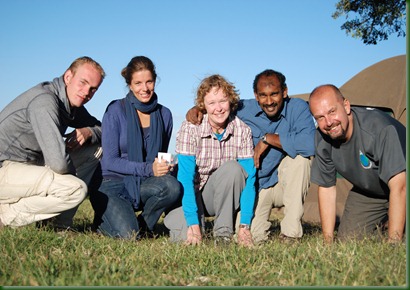
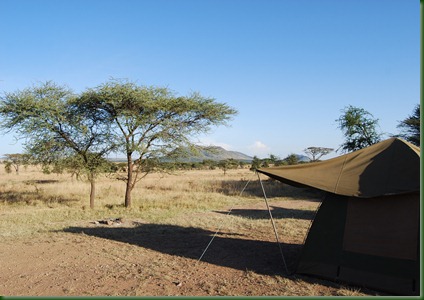
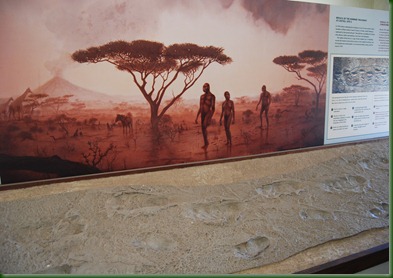
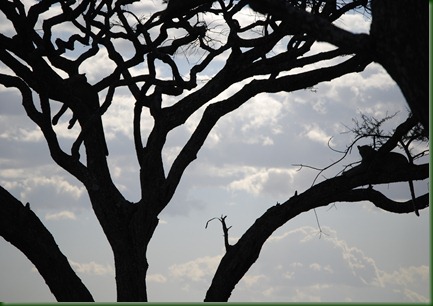
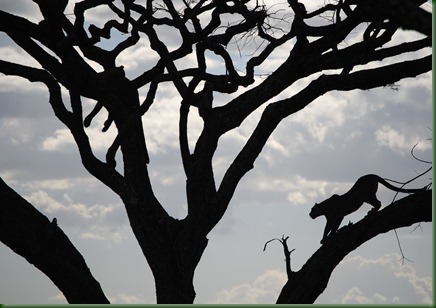

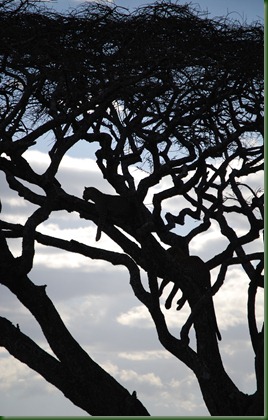
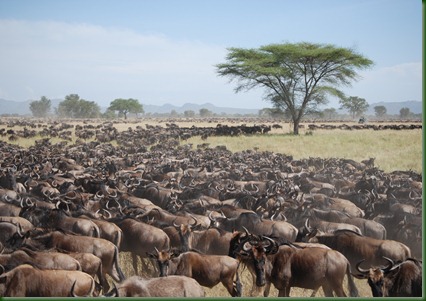
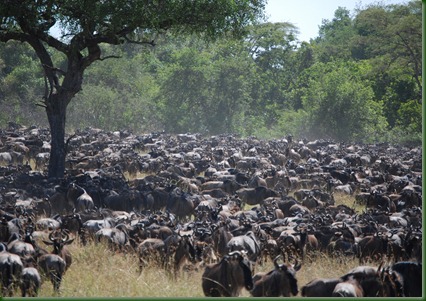
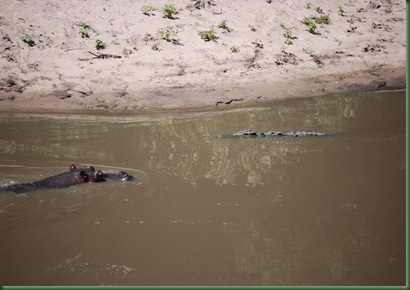
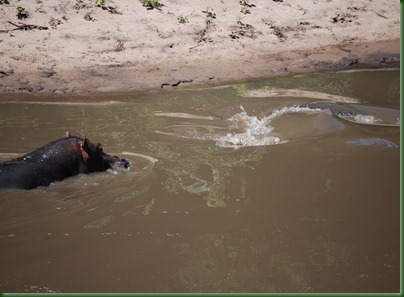








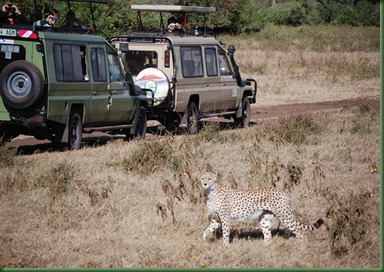
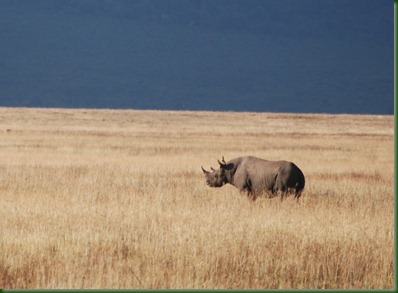
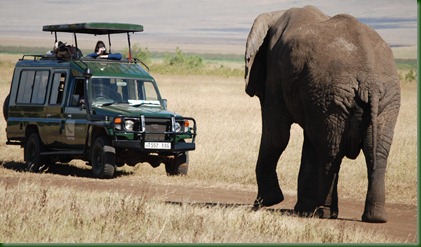
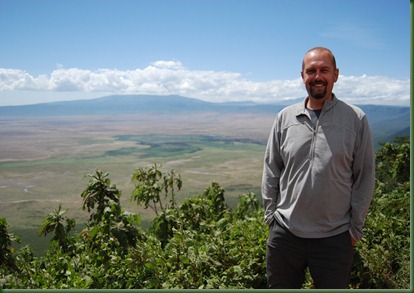
No comments:
Post a Comment